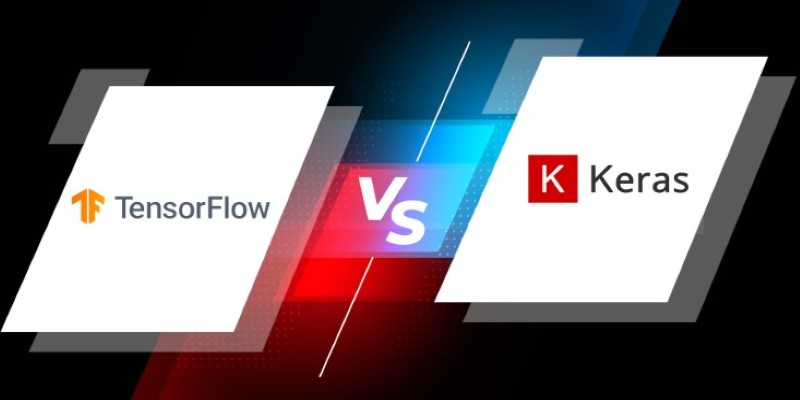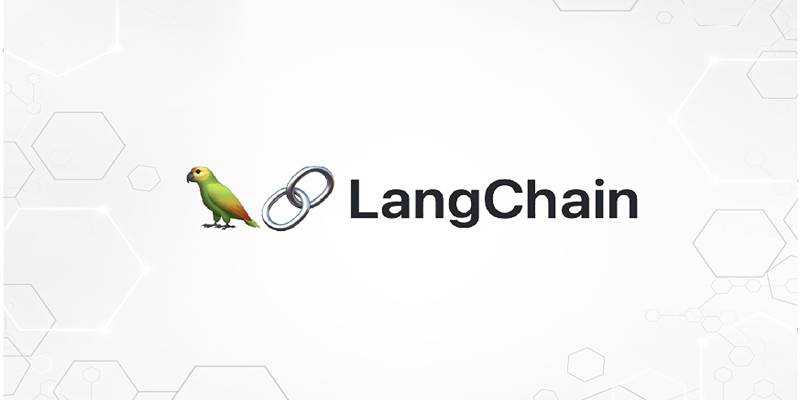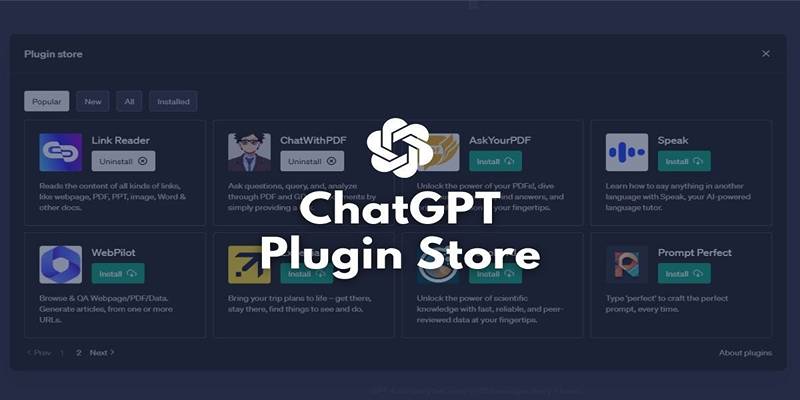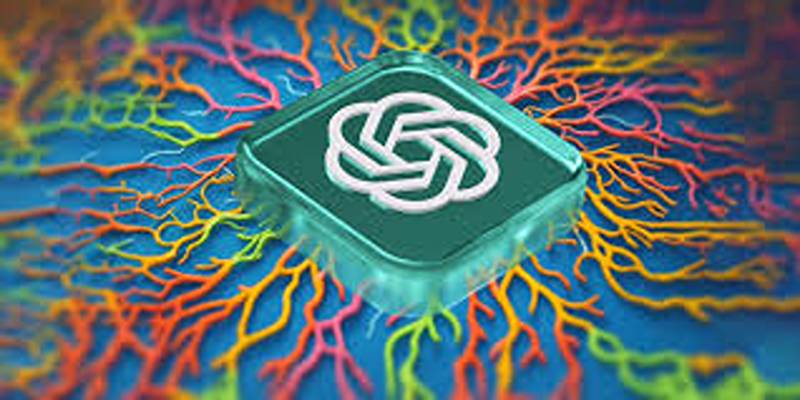Advertisement
Artificial intelligence tools like ChatGPT have transformed how individuals and businesses interact with technology. From assisting with writing tasks to helping solve complex problems, AI chatbots are now part of daily life. However, as users dive deeper into the capabilities of these models, certain limitations begin to surface. One such constraint—often overlooked until it becomes an obstacle—is the character input limit.
Understanding what this limitation means and how it affects the user experience is essential, especially for those who rely on ChatGPT for more advanced or word-heavy interactions. Knowing how to manage, optimize, or even work around these restrictions can help users get significantly more out of the platform.
At its core, ChatGPT operates with a system-defined token limit that governs how much data can be processed in a single interaction. These tokens correspond to both input (what the user types) and output (what the chatbot generates). Since tokens represent chunks of words or characters, every interaction is bound by this total token cap.
For users accessing the free-tier ChatGPT (GPT-3.5), the combined input and output limit is roughly equivalent to 4,096 characters. It typically allows about 2,048 characters for user input, with the remaining space allocated for the AI’s response. Depending on word length and formatting, this limit generally accommodates between 300 to 500 words of text in total.
On the other hand, those subscribed to ChatGPT Plus, which uses GPT-4, benefit from a doubled capacity. This version supports a total character processing limit of approximately 8,192 characters—allowing for significantly longer or more detailed input and responses. Even so, this, too, has its boundaries.
The difference may seem small on paper, but in practice, it impacts how much information can be submitted and how detailed or nuanced ChatGPT's replies can be in a single turn.
The character limit becomes most noticeable when users attempt to handle complex queries or multi-layered instructions. In such cases, the input may be truncated, or the output may be cut off prematurely, resulting in incomplete or less useful responses.
For instance, when trying to break down large documents, create extended content outlines, or explore technical issues in-depth, the character limit acts as a bottleneck. It requires users to either simplify their queries or divide their tasks across multiple interactions.
Moreover, this restriction can hinder collaborative use cases, like content development, code review, or legal analysis—where full context and length are crucial.

Despite the restriction, several strategies can help users work within or around ChatGPT’s character limits to optimize performance and avoid disruptions.
One of the most effective ways to stay within the limit is to refine how input is structured. Instead of long-winded or conversational phrases, users can focus on direct, compact phrasing that captures essential meaning with fewer words.
By reducing redundancy and prioritizing clarity, it's possible to preserve character space while still delivering sufficient context for the model to generate an appropriate response. It also contributes to faster, more efficient interactions overall.
For users who frequently run into these limitations, upgrading to ChatGPT Plus offers immediate relief. GPT-4, the advanced model accessible through the paid plan, provides an expanded character cap that doubles the available capacity.
This upgrade is especially beneficial for professionals who use ChatGPT as a writing assistant, research tool, or task planner. While the subscription comes at a cost, the added capability can significantly improve productivity and reduce the need for prompt segmentation.
Another way to circumvent the restriction is by dividing lengthy input into smaller, manageable chunks. When the topic or task involves substantial text—such as reviewing long reports or generating sequential content—submitting it in sections ensures each part gets processed correctly.
This method can be combined with brief, clear transition cues between inputs to maintain continuity. While slightly more time-consuming, it helps maintain accuracy and allows for comprehensive interactions even within the model’s constraints.
Understanding that ChatGPT interprets data in tokens—rather than exact characters—offers an opportunity to refine input using token-efficient structures. Shorter words, simplified grammar, and standard sentence formats consume fewer tokens, allowing more content to fit within a given limit.
While this might not drastically change every interaction, users who frequently push the boundary of the character cap will notice that cleaner, more token-conscious writing extends their usable input space.

Unnecessary formatting, repeated information, and overly detailed instruction templates can consume valuable character space. Reducing these nonessential elements allows the user to focus on what truly matters in the prompt.
Streamlined communication also improves the clarity of the AI’s understanding, resulting in more accurate and relevant responses.
Although not a common tactic, some users find that communicating in character-efficient languages—like Mandarin or Korean—can extend the practical limit of each interaction. These languages often convey more meaning with fewer characters compared to English.
However, this approach is only suitable for users who are fluent in these languages and can fully comprehend the responses generated. It’s not a workaround for everyone, but it does demonstrate how language structure plays a role in input limits.
ChatGPT’s character input limit may initially seem like a simple technical constraint. Still, it plays a central role in how the AI can support tasks, generate output, and follow user instructions. For casual users, it might rarely pose a problem, but for those engaged in more intensive use, it becomes essential to plan around it.
By approaching the limit with strategic input design, using efficient language, or accessing higher-tier tools like GPT-4, users can unlock more potential from ChatGPT. As AI becomes more embedded in productivity and creativity, knowing how to work within these boundaries is not just helpful—it’s essential.
Advertisement

DataRobot's Enterprise Suite helps businesses manage generative AI with governance, monitoring, and compliance for safe AI use

Wondering whether TensorFlow or Keras fits your project better? Learn how they compare in simplicity, flexibility, performance, and real-world use cases

Explore 6 AI-powered note-taking apps that boost productivity, organize ideas, and capture meetings effortlessly.

Explore how LangChain helps developers create smarter, scalable apps using LLMs, tools, memory, and workflows.

This guide shows how to set up ChatGPT on Android and iOS for private, smooth, and on-the-go AI conversations.

Speak to ChatGPT using your voice for seamless, natural conversations and a hands-free AI experience on mobile devices.

Learn how ChatGPT can improve your habits, mindset, health, and daily life with smarter planning and consistent support.

Explore the top 4 ChatGPT plugin store improvements users expect, from trust signals to better search and workflows.

Adobe’s new AI features in Premiere Pro are revolutionizing video editing. Learn how AI can help with color matching, audio cleanup, and scene detection to save you time

Explore 6 ways ChatGPT enhances video game scriptwriting through dialogue, quest, and character development support.

Amazon CEO Andy Jassy highlights the importance of AI investment in his annual letter, outlining how artificial intelligence strategy is shaping the company’s growth and innovation plans

Writer's Palmyra Creative LLM transforms content creation with AI precision, brand-voice adaptation, and faster workflows